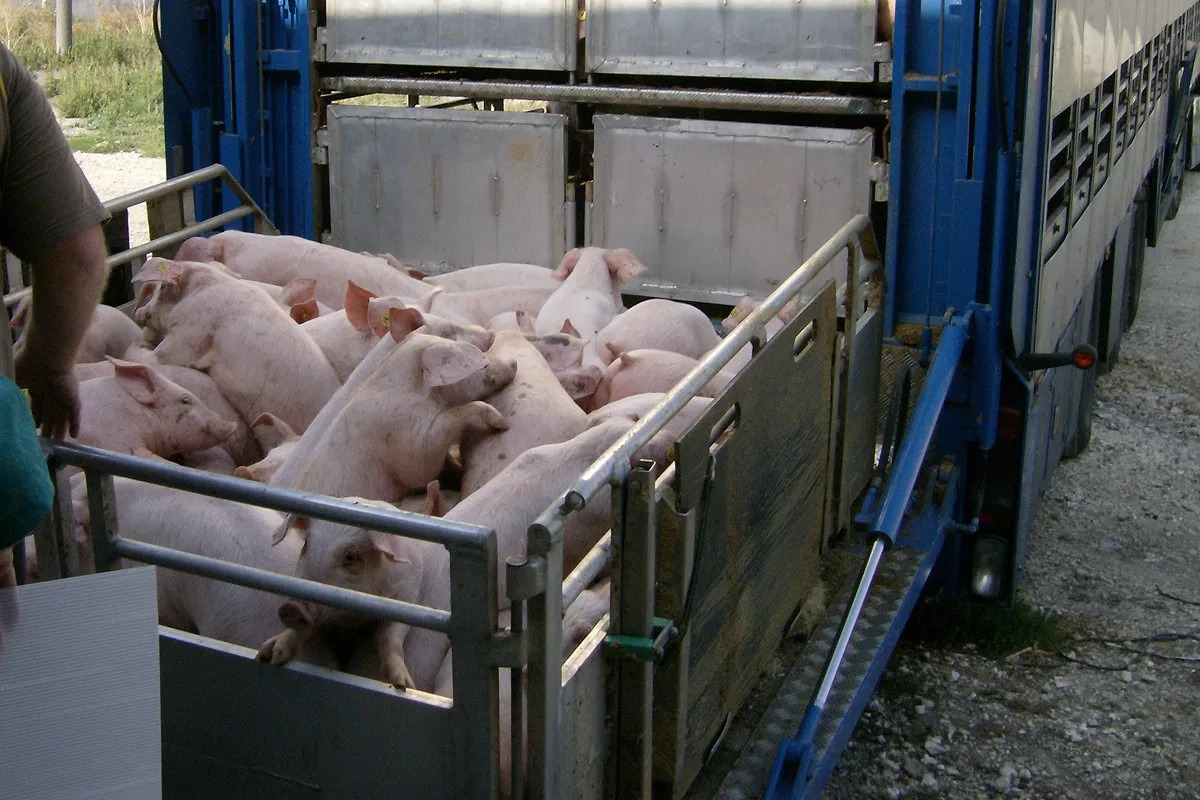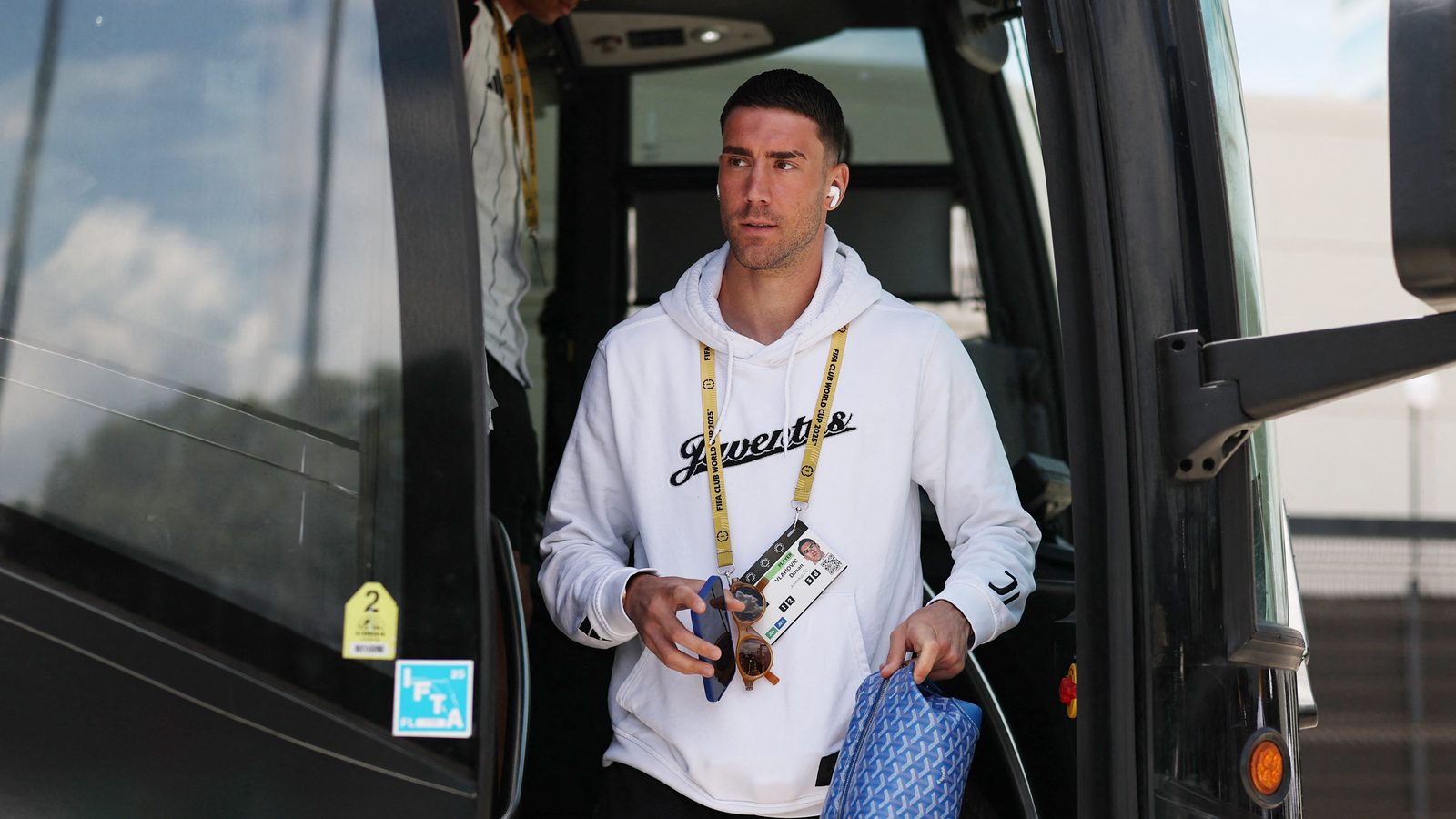Copyright euroweeklynews

Denmark is leading calls to end long, inhumane journeys for livestock across Europe, pushing for a more sustainable and ethical system of animal transport. The scale of the problem Each year, about 1.6 billion live animals are transported within, into or out of the European Commission (EU) for slaughter, fattening or breeding. Investigations have repeatedly found that the current regulations are not always enforced, and in many cases animals are still exposed to undue suffering. Issues flagged include overcrowding, lack of head-room, failure to provide food or water on long journeys, transport of animals that are unfit or vulnerable, and export to non-EU countries with even weaker oversight. In a recent fact-sheet the Commission noted that 83 per cent of Europeans support limiting journey time for transported animals — showing strong public awareness and concern. Why the transport of live animals is problematic Stress and health risks: Animals suffer from loading/unloading stress, unfamiliar environments, changing footing (especially on multi-deck trucks), temperature extremes, dehydration and exhaustion. Regulation limitations and enforcement gaps: Although long-journeys are defined and certain welfare criteria exist, there is little standardised enforcement across member states; definitions such as “fit for transport” lack precision. Environment and sustainability considerations: Transporting live animals often involves large vehicle fleets, long distances and consequently greater carbon footprint than transporting meat or carcasses. Some studies suggest shifting toward meat or germ-cells may be more efficient. Denmark’s role and push for reform High national standards – but persistent transport issues Denmark has comparatively high statutory welfare standards and short average transport times: for example, 95 per cent of all animals transported to Danish abattoirs travel less than three hours. But investigations still document troubling practices. A 2022 Danish report found that thousands of young calves (under eight weeks old) were exported on journeys of up to 17.5 hours, often without adequate access to feed or water. In response, Danish authorities have increased checks on transports and called for permanent enhanced oversight. Leadership in Europe In July 2022 the Danish Ministry of Food, Agriculture and Fisheries presented a position paper, on behalf of Denmark, Belgium, Germany, the Netherlands and Sweden, calling for revision of EU transport legislation, with focus on journey time, definitions of “economic activity”, extreme temperatures and more. With Denmark holding the Presidency of the Council of the European Union in 2025, it has made animal welfare — and specifically the reform of live animal transport — a clear priority. In August 2024 new Danish rules set minimum ceiling-height requirements for piglet transport vehicles — a concrete step toward improving conditions for vulnerable animals. Proposed reforms & what’s at stake Key elements of the reform agenda include: Reducing maximum journey times, especially for vulnerable animals such as unweaned calves, pregnant females and end-of-life animals. Increasing space allowances, improving ventilation, and controlling temperature extremes during transport. Phasing out the transport of live animals for slaughter or fattening in favour of transporting meat/carcasses or genetic material where feasible. Strengthening enforcement, digital monitoring (GPS in trucks, temperature sensors), and harmonising standards across Member States and export destinations. For Denmark and the EU this is not merely a welfare issue but also touches on trade, sustainability and public perception. If live-animal transport is curtailed or burdensome, it could impact exporting sectors, logistics chains and competitive dynamics – requiring adjustment in industry and policy. Challenges and criticisms Transport industry push-back: Danish hauliers described the EU’s proposals as “pure nonsense”, arguing that some requirements lacked clear scientific justification and introduced uncertainty (for example, constraints based on temperature forecasts rather than actual internal conditions). Equality between Member States: Some countries fear that stricter rules will raise costs for farmers, make them less competitive compared with states with lower standards, or push the trade outside the EU’s oversight. Implementation complexity: While legislation can set standards, monitoring fits-for-purpose, collecting data, enforcing compliance and ensuring that transporters, farmers and vets are trained and accountable remains a non-trivial challenge. The truth gap between high-welfare branding and actual transport practices: Even countries that tout advanced welfare systems (including Denmark) still face significant transport welfare issues, particularly when the journey extends beyond national borders. Implications for Spain & Europe For Spain — as a significant livestock producer, exporter and transit country — the reform agenda matters. Stricter transport rules may require changes in vehicle standards, routing, submission of journey plans or even reduction of live-animal exports in favour of processing closer to origin. From a broader European perspective, the push signals a potential shift: if the trade in live animals for slaughter or fattening declines, the logistics, supply-chain and trade patterns may re-orient toward more localised slaughter and further processing, or transporting meat/carcasses rather than live bodies. For animal-welfare focused businesses, NGOs and consumers, the momentum offers an opportunity to press for greater transparency, credible labelling and industry benchmarking. The road ahead Despite decades of EU regulation, live animal transport remains plagued by welfare risks — long journeys, weak enforcement and outdated rules. Denmark is using its EU presidency and national standards to push meaningful reform, aiming to replace the routine of live exports with shorter, more humane alternatives. Whether Europe follows will depend on political will, trade realities and the courage to rethink how animals move across borders.



